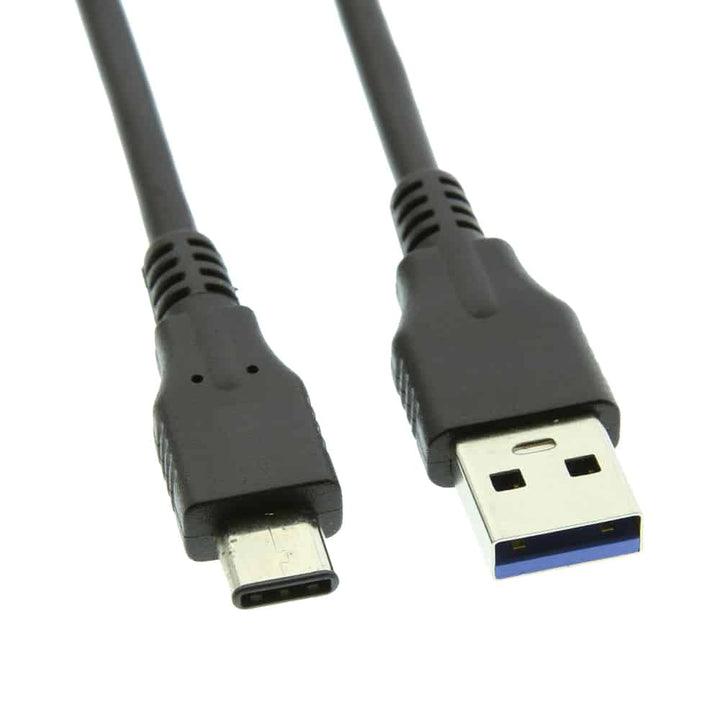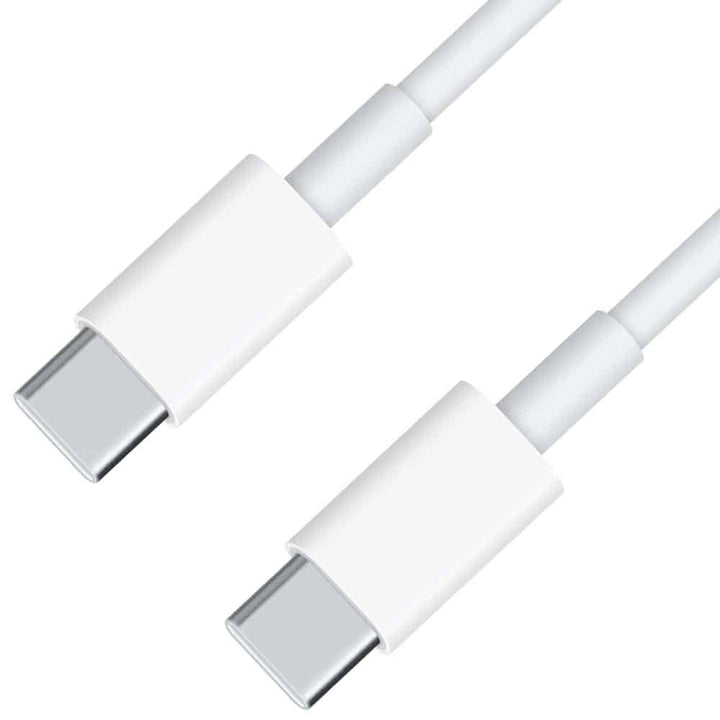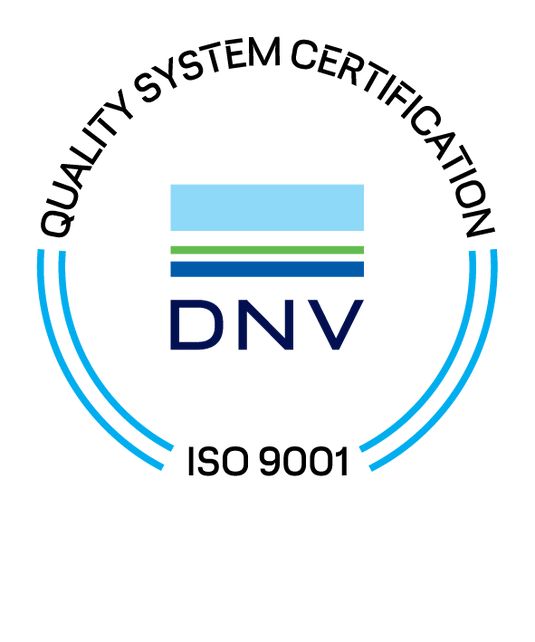Is There a Difference Between USB-A and USB-C Charging?
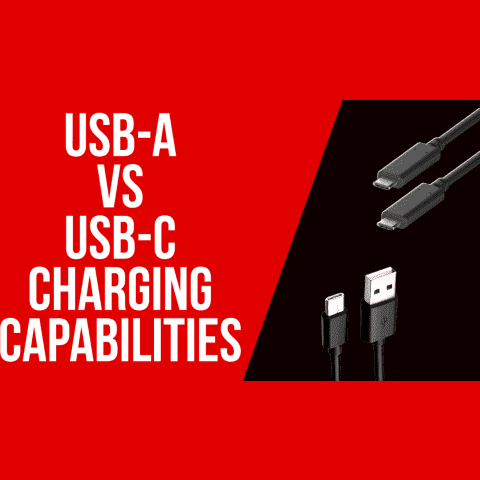
USB is a standard way to connect a cable, adapter, or flash drive to your computer. Its main function is to help the peripheral communicate with a computer or to supply power to a device. USB-A type has been the industry standard since around the mid-1990s and services everything from mice to keyboards, flash drives to video game controllers, and adapters to charging cables. As computer technology continues to evolve, the peripherals that attach to them need to keep up with the pace. USB-A has become faster since its inception with the improvements through USB 2.0 and USB 3.0, but a new type of USB connector has made its way into the ring: USB-C.
What is USB-C?

USB Type-C is a fairly recent invention in the tech world. It first came to fruition in 2014 but didn’t become mainstream until a few years later. A subtle difference between USB-A and USB-C comes in their design. USB-A is a uni-directional input (how many times have you flipped a USB-A cable before finding the right direction to plug into your device?) while USB-C is reversible, meaning there is no right or wrong way to plug it into your device.
The design isn’t the only difference you will notice between USB-A and USB-C. USB-C can handle a lot more power delivery, and it can even be used to attach various peripherals to your computer, including HDMI, DisplayPort, VGA or DVI cables and an ethernet port through adapters. With that said, how do the charging capabilities of USB-C compare to the traditional USB-A?
Charging Capacity: USB-A Vs. USB-C
When it comes to charging a device, you want a cable that can charge quickly and efficiently. Let’s take a look at the amount of power USB-A and USB-C cables output in their charging modes.
USB-A Charging Power
USB-A has come a long way in terms of its charging power capability. In the early days the maximum power output was around 5 watts from a dedicated charging block or 2.5w from a port on your computer. Luckily, with the advancement of technology, some USB-A adapters have adopted USB-IF Battery Charging specification or other proprietary fast charging standards like ‘Quick Charge’ from Qualcomm which can reach up to 36 watts of power as of the QC 3.0 revision.
USB-C Charging Power
There is a reason why USB-C has become the most popular type of charger on the market. Based on the USB power delivery standard, a USB-C adapter can go up to 100 watts of power. However, as of the most recent revision of PD3.1 EPR (Extended Power Range), adapters can now go up to 240 watts. It is important to note that your device must be compatible with fast charging for it to take advantage of the maximum wattage of your adapter.
If you are using an adapter that is 60 watts or less, you can use a charging cable that does not have an e-marker chip. However, when the wattage goes above 60, you will require a cable with a standard e-marker chip. One of the best features of USB-C is that it can now charge larger devices, including tablets and some laptops.
While USB-A is still a reliable source to charge your phone at night, if you need a quicker charge in a pinch or need to charge a bigger device, it may be time to switch to USB-C!
Featured 4XEM Products
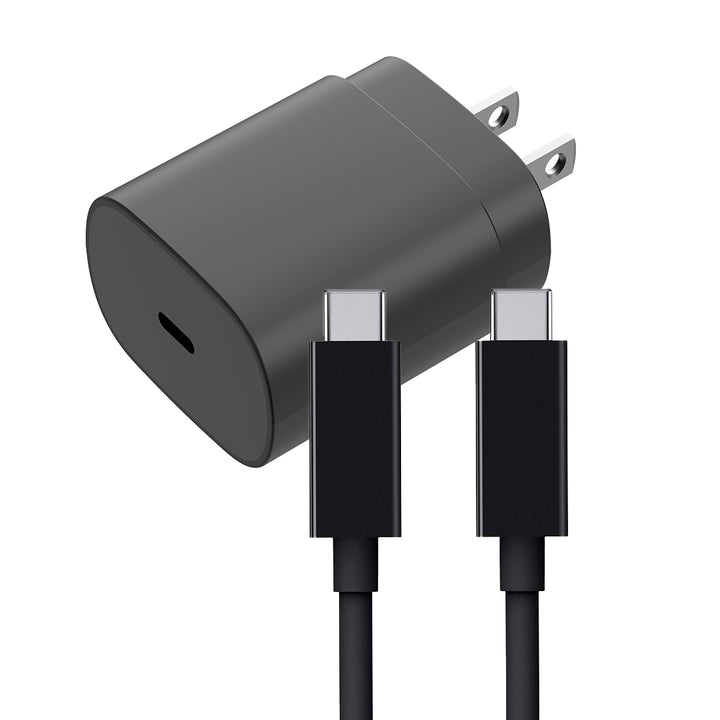
4XEM 25W USB-C Charger and 6FT USB-C/USB-C Cable Kit
For Smartphones and USB-C Compatible Devices
Learn More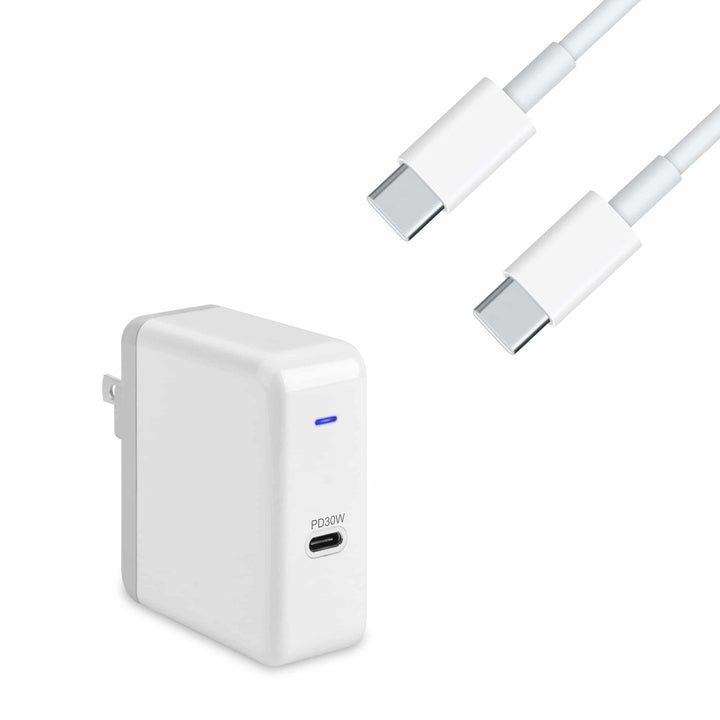
4XEM 6ft USB-C 3.1 Thunderbolt Cable and 30W USB-C Quick Charge 3.0 Charging Kit
Compatible with Macbooks
Learn MoreCharging Problems Solved with 4XEM
Looking for a faster way to charge your phone? 4XEM offers many charging solutions, including mobile charging kits that are compatible with all top brands (Apple, Google, Samsung) and docking stations that can be used as a power source. Browse our shop or reach out to us through our online chat if you need any assistance finding the perfect product for your needs.
